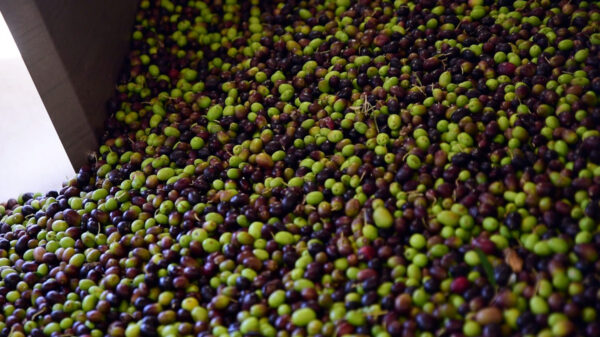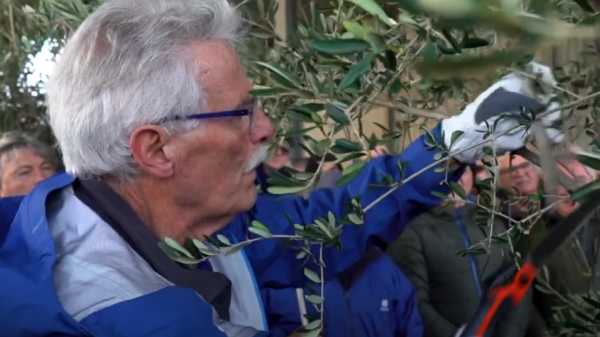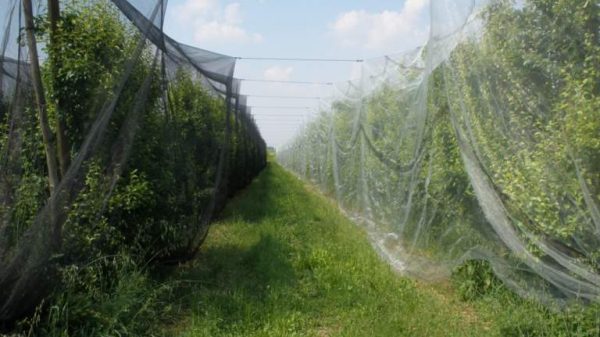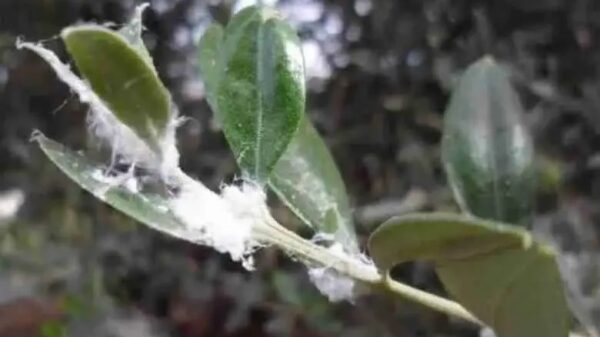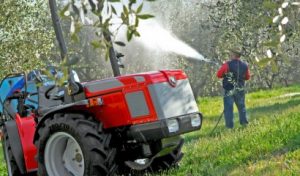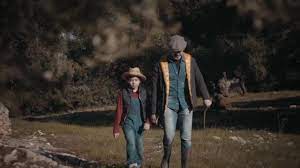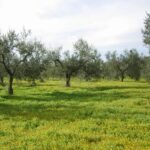“If it doesn't have a lift from the vector, Xylella can't go anywhere. So controlling the vector means stopping the epidemic; a goal that can be achieved, but that requires everyone's collaboration. The slowdown of the epidemic that we are observing indicates that we are on the right track, but there is still ample room for improvement, it depends only on us".
 Word of Donato Boscia, director of the Institute for the sustainable protection of plants of the Cnr, on the eve of the obligation to perform the mandatory phytosanitary measures on land located between 200 and 500 meters above sea level that snaps on April 1st and will last for the whole month (for those at a lower level, the obligation started on 10 March last).
Word of Donato Boscia, director of the Institute for the sustainable protection of plants of the Cnr, on the eve of the obligation to perform the mandatory phytosanitary measures on land located between 200 and 500 meters above sea level that snaps on April 1st and will last for the whole month (for those at a lower level, the obligation started on 10 March last).
The annual adoption in Puglia of agronomic practices for the mechanical control of the juvenile stages of the vector, as known, remains a fixed point for limiting the spread of the harmful organism. The superficial workings of the land (ploughing, milling, harrowing, shredding) in the spring period, by eliminating the herbaceous plants on which the juvenile forms complete the life cycle, contribute to reducing the population of the vector. In areas where access by mechanical means is difficult or impossible – for example slopes, roadsides – it is possible to intervene with physical means (fire weeding or steam) or, where not possible, with low impact herbicide interventions. Such workings will have to be performed by each owner or tenant of agricultural surfaces.
The application of the mandatory phytosanitary measures is subject to a specific check and non-compliance is subject to an administrative fine by 1.000 6.000 in euros.
Xylella, from 1st April the phytosanitary measures for hilly terrain
Boscia: "The epidemic slows down, but woe to let your guard down"
Technique and Research
Views: 679
